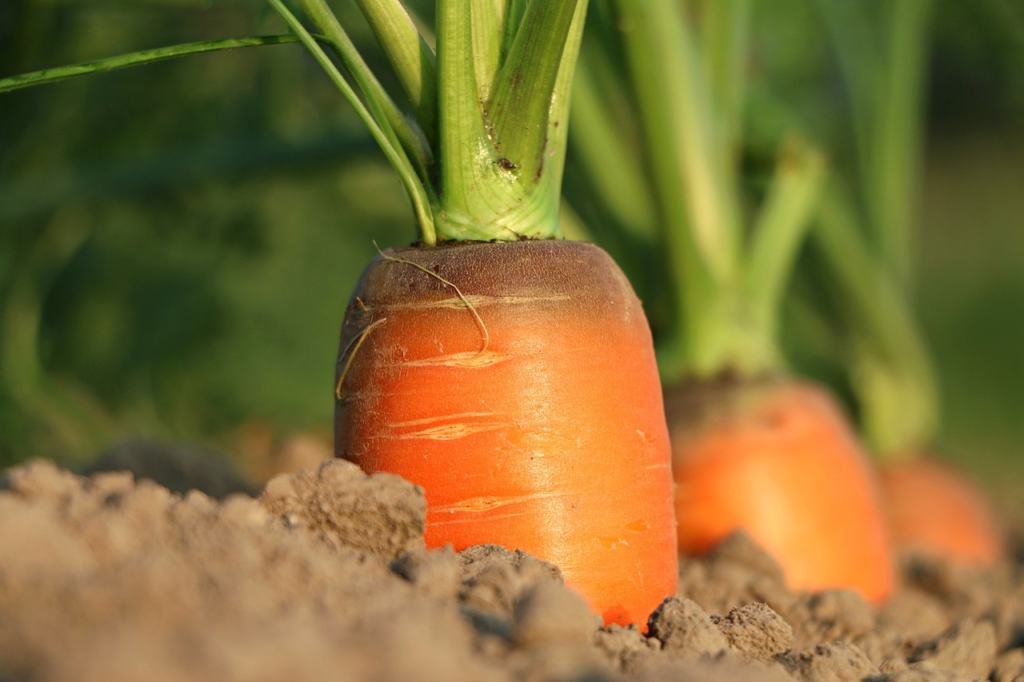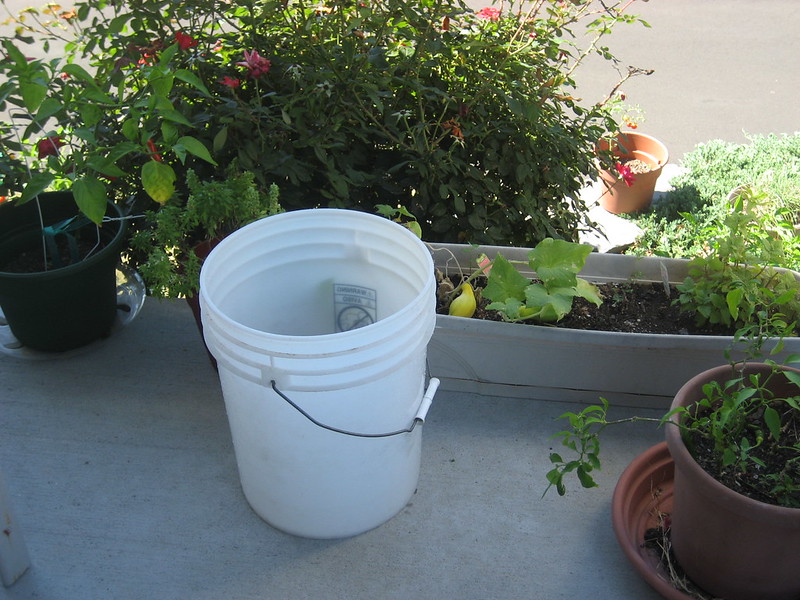The beauty of gardening is its ability to adapt to space and resources. One such flexible method lies in the realm of container gardening, which has swiftly become a boon for city dwellers and those with limited garden space. The rise in popularity of container gardening has ignited curiosity in gardeners’ minds – about what can be grown in smaller spaces like a 5-gallon bucket. This leads us to the question – can you grow carrots in a 5-gallon bucket? The answer is a resounding yes.
Growing carrots in a 5-gallon bucket is a productive and rewarding endeavor that is both space-saving and environmentally friendly. It can be achieved with little to moderate gardening experience and involves utilizing everyday items. The advantages of this method are manifold, giving the grower control over the soil conditions, greater pest management, and the option to grow food where traditional in-ground gardens are not feasible. In this article, we will explore the step-by-step guide to successfully growing carrots in a 5-gallon bucket, shedding light on the preparation, planting, caring, and harvesting of these crunchy, nutritious root vegetables.
Why Choose A 5-gallon Bucket?
Five-gallon buckets make excellent containers for growing carrots because they provide ample space for the roots to expand. Carrots need deep, well-drained soil, and a 5-gallon bucket that’s at least 10 to 12 inches deep fills the bill.

Choosing the Right Variety
For growing carrots in a 5-gallon bucket, choosing a carrot variety that is a good fit for container growth is important. Shorter carrot varieties are generally better for growing in containers. Some popular choices include ‘Nantes’, ‘Baby Spike’, ‘Short ‘n Sweet’, and ‘Thumbelina’. These carrot varieties are unlikely to end up twisted or forked due to hitting the bottom of the bucket.
Preparation
Ensure your bucket has drainage holes at the bottom. Without proper drainage, water might accumulate and cause root rot. You can easily drill a few holes in the bottom if your bucket doesn’t already have them.
Soil is the Key
The best soil for growing carrots is loose, sandy, and well-drained. The ideal soil mixture for carrots should be fluffy and free of rocks and hard clumps. You can buy a premixed potting soil or create your mix, combining equal parts peat moss, vermiculite or perlite, and compost.
Planting the Seeds
When sowing the seeds, make sure to spread them evenly across the top of the soil. Cover the seeds lightly with a thin layer of soil. Be cautious not to plant the seeds too deeply, as they may have trouble sprouting.
Watering
Carrots need consistent watering. The soil should remain damp but never waterlogged. Overwatering can lead to weak root growth and eventual rot. Therefore, maintaining a balance is critical.
Light Requirements
Carrots require full sun, meaning they need six to eight hours of sunlight daily. If natural sunlight is limited, consider using an artificial light source.
Cache the Crop
Depending on the variety, carrots take about 50 to 75 days to mature. When the tops of the roots begin to peek up through the soil surface, it is usually time to harvest. To harvest, simply grab hold of the foliage close to the soil level and gently pull.
Pest and Disease Control
Just like in-ground garden carrots, bucket-grown carrots can be affected by pests and diseases. Regularly inspect your plants for signs of trouble. Using a good-quality, sterile potting mix can help prevent soil-borne diseases.
In Conclusion
Growing carrots in a 5-gallon bucket offers several benefits over traditional in-ground gardening. It is an excellent solution for urban gardeners or those with limited yard space. By selecting the right carrot variety, preparing the bucket correctly, and taking diligent care of the plants, you can look forward to harvesting your own delicious and satisfying crop of home-grown carrots. If you haven’t tried it yet, why not give it a shot? You might just find that with the right approach, you can turn a simple 5-gallon bucket into a prolific carrot patch.


Leave a Reply